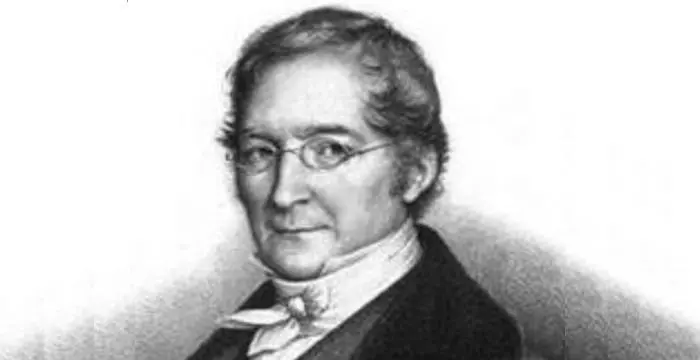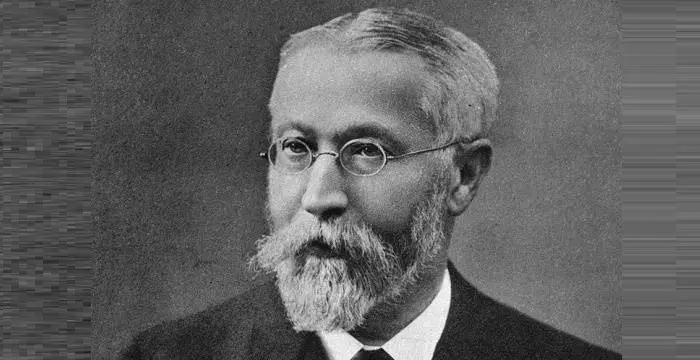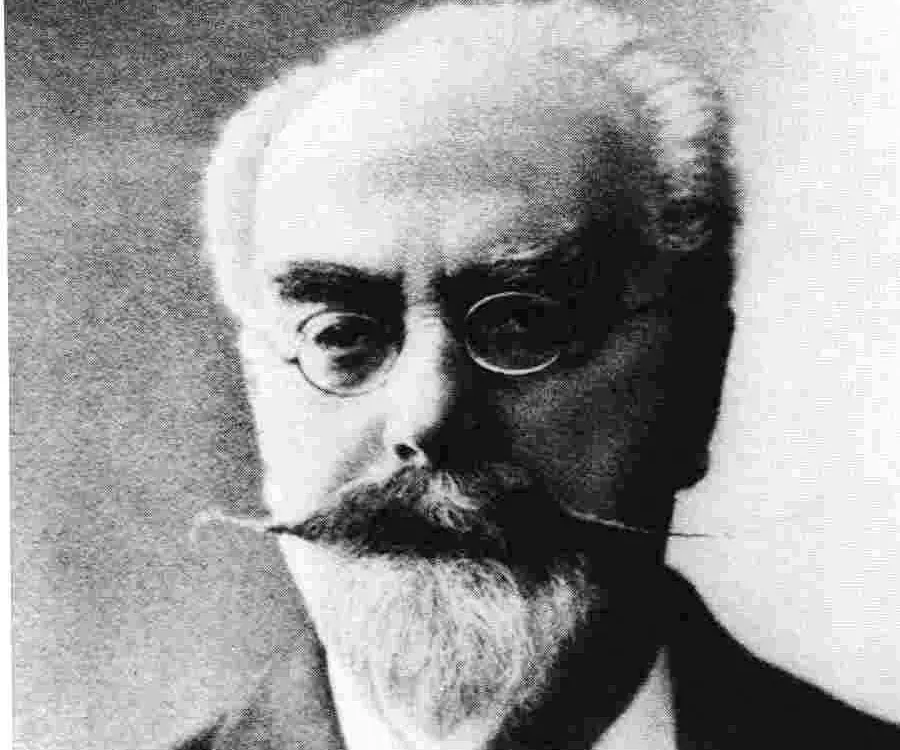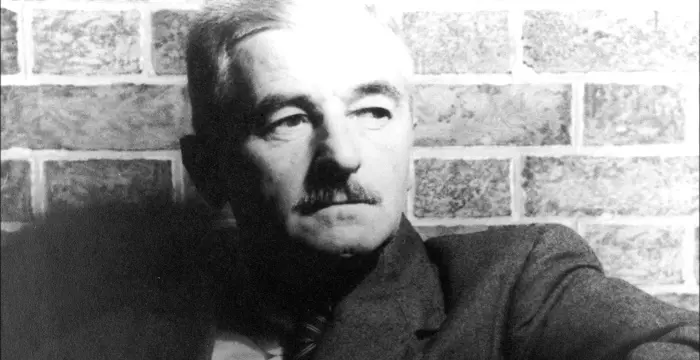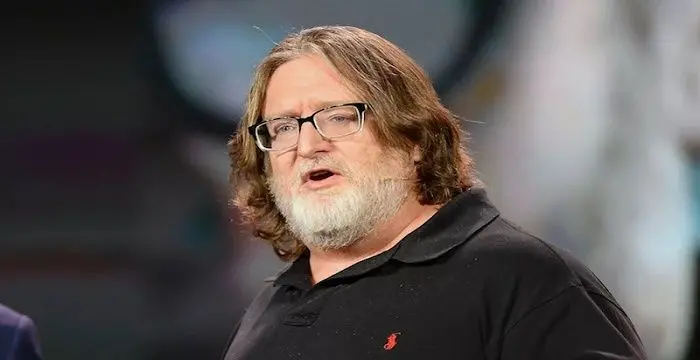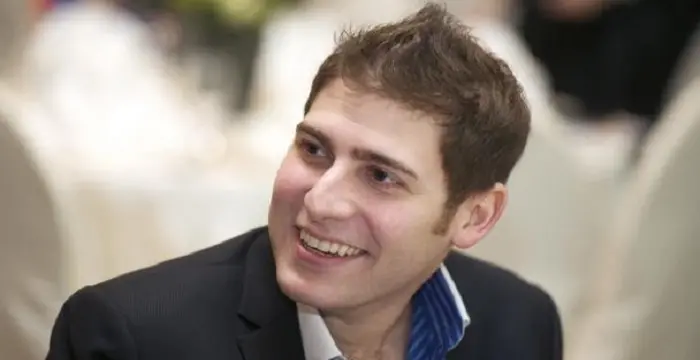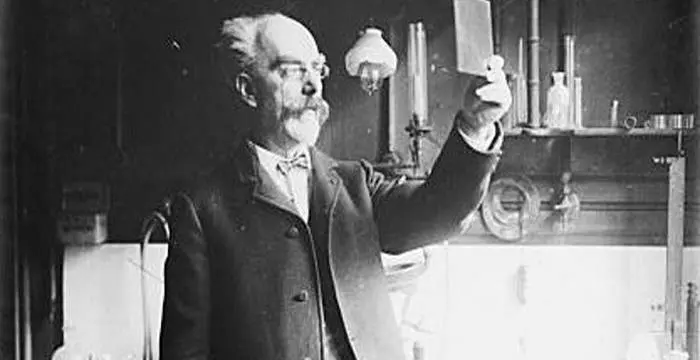
Gabriel Lippmann - Physicists, Life Achievements and Family
Gabriel Lippmann's Personal Details
Gabriel Lippmann was a French physicist and inventor
| Information | Detail |
|---|---|
| Birthday | August 16, 1845 |
| Died on | July 13, 1921 |
| Nationality | French |
| Famous | Scientists, Physicists, Nobel Laureate, Physicists |
| Universities |
|
| Discoveries / Inventions |
|
| Birth Place | Bonnevoie/Bouneweg, Luxembourg (since 1921 part of Luxembourg City) |
| Religion | Judaism |
| Gender | Male |
| Father | Isaïe |
| Mother | Miriam Rose Levy |
| Sun Sign | Leo |
| Born in | Bonnevoie/Bouneweg, Luxembourg (since 1921 part of Luxembourg City) |
| Famous as | Physicist & Nobel Laureate |
| Died at Age | 75 |
// Famous Physicists
Walter Kohn
Nobel Laureate Walter Kohn was an Austrian-born American theoretical chemist and physicist. Check out this biography to know about his childhood, life, achievements, works & timeline.
Amedeo Avogadro
Amedeo Avogadro was an Italian scientist who formulated what is now known as Avogadro's law. This biography of Amedeo Avogadro provides detailed information about his childhood, life, achievements, works & timeline.
Karl Ferdinand Braun
Karl Ferdinand Braun was a German physicist and inventor who received the Nobel Prize for Physics in 1909. This biography provides detailed information about his childhood, life, inventions, career, achievements and timeline.
Gabriel Lippmann's photo
Who is Gabriel Lippmann?
Gabriel Lippmann was a French physicist and inventor. He was awarded the Nobel Prize in Physics in 1908. His papers on electricity, optics, thermodynamics and photochemistry are considered very valuable for future evolutions. Many of his ideas and theories have led to the improvement of devices used in physics. A large number of modern technologies such as laser holography and others have their roots in his findings. The extremely sensitive device known as the capillary electrometer found its use in an important medical instrument like the ECG machine. Most of his works are recorded in the communications that he had with the ‘Paris Academy of Sciences’ which are still considered to be concise and original. Many branches of physics were helped by the various ingenious devices he made to improve the performance of standard instruments. Of all the theories and processes that he contributed to the study of physics, the capture of colored images of objects was the greatest, for which he became very famous throughout the scientific world. This process won him the Noble Prize for Physics in 1908. His experiments in different aspects on physical activities led to a large number of inventions that took place in the future.
// Famous Nobel Laureate
William Faulkner
William Faulkner was a famous American writer and a Nobel Prize winner. Explore this biography to learn more about his profile, childhood, life and timeline.
Childhood & Early Life
Gabriel Lippmann was born on August 16, 1845 in Hollerich Luxembourg. His father Isale was a French-Jewish businessman who ran a family-owned glove making business at the convent in Bonnevoie. His mother was Miriam Rose Levy who was a homemaker.
In 1848 he moved to Paris with his family. There he was taught by his mother at home during his early childhood days.
He joined the ‘Lycee Napoleon’ which is presently known as ‘Lycee Henry-IV’ in 1858. After studying there for ten years he got admission in ‘Ecole Normale’ in Paris in 1868.
He failed to qualify in the examination for becoming a teacher as he studied only the subjects that interested him and neglected the rest. He was more interested in studying physics than anything else.
Career
Gabriel Lippmann was appointed by the French government in 1873 to go on a mission to the Heidelberg University in Germany to understand the methods that were used to teach science subjects. Here he specialized in electricity with the help of Gustav Kirchoff.
He received his doctorate in 1874. In Berlin he worked with Helmholtz as well.
He returned to Paris in 1875 and continued his studies further on subjects related to physics.
On July 24, 1875 he submitted his PhD thesis on electro-capillarity to the Sorborne. In 1878 he became a professor of physics at the Sorbonne.
He joined the ‘Faculty of Science’ in Paris in 1878.
In 1881 he predicted the reverse effect of the piezoelectric phenomenon. This reverse phenomenon was later used to produce ultrasonic sound waves and other applications.
On January 17, 1883, he presented a paper on the invention of the capillary electrometer to the ‘Philosophical Society of Glasgow.’ The ‘Lippmann Electrometer’ was later used in the first ECG machine.
He became a professor of Mathematical Physics in 1883.
In 1886 he succeeded Jamin to become the Director of the ‘Research Laboratory’ after becoming a professor in ‘Experimental Physics’. He held this position till his death. The laboratory was transferred later to Sorborne.
In 1886 he evolved a process in support of his theory for the reproduction of the colors of objects through photography without using any dye or pigment. However, it was very difficult to execute the process practically.
In 1891 he was able to present the method to the ‘Academy of Sciences’ after conducting a large number of experiments. The photographs were slightly defective owning to the sensitivity of the photographic film that differed in many areas.
In April 1892 he declared that he had been able to obtain the colored images of flags, oranges with red poppies, parrots with different colors without any deterioration in the quality of their colors.
In 1893 he was able to obtain a much better result for his method with photographs taken by A. and L. Lumiere. This time perfect colors were produced.
He published the complete theory of the process in 1894.
In 1895 Lippmann used photographic registration to remove the irregularities that occurred with pendulum clocks.
In 1906 he submitted another paper on the improved process of capturing colored images of items to the ‘Academy of Sciences’.
His experiments on color photography also contributed to the development of laser holography in the future.
He invented the device known as ‘coelostat’ that could immobilize the image of a star in the sky and its surroundings so that it could be photographed perfectly.
He is also responsible for improvements to many devices that are used in the study of physics that helped students later.
In 1908 he introduced the concept of integral photography where a number of lenses were kept in a single array to take a picture of a real life scene. The same scene seen through another similar array of lenses produced an integrated three dimensional image. This led to the evolution of microscope and light-field camera technologies.
He became the President of the ‘Academy of Sciences’ in 1912.
He became a member of the ‘Board of the Bureau des Longitudes’ and also a ‘Foreign Member’ of the ‘Royal Society of London’ during this time.
Awards & Achievements
Gabriel Lippmann received the Nobel Prize for Physics in 1908 for his work on the reproduction of colors in photography with the help of the interference phenomenon.
Personal Life & Legacy
He had married the daughter of V. Cherbuliez, a writer and member of the ‘French Academy’.
Gabriel Lippmann died on July 13, 1921 on board the vessel ‘France’ while returning from Canada where he had gone as a member of a mission headed by Marshall Fayolle.
// Famous Physicists
Henry Cavendish
Henry Cavendish was a theoretical chemist and physicist, renowned for discovery of hydrogen and calculation of the mass of earth. To know more about his childhood, profile, timeline and career read on
Walter Kohn
Nobel Laureate Walter Kohn was an Austrian-born American theoretical chemist and physicist. Check out this biography to know about his childhood, life, achievements, works & timeline.
Nikola Tesla
Nikola Tesla was a Serbian-American inventor, best known for his development of alternating current electrical systems. This biography of Nikola Tesla provides detailed information about his childhood, life, achievements, works & timeline.
Gabriel Lippmann's awards
| Year | Name | Award |
|---|---|---|
Other | ||
| 0 | Nobel Prize for Physics (1908) | |
Gabriel Lippmann biography timelines
- // 16th Aug 1845Gabriel Lippmann was born on August 16, 1845 in Hollerich Luxembourg. His father Isale was a French-Jewish businessman who ran a family-owned glove making business at the convent in Bonnevoie. His mother was Miriam Rose Levy who was a homemaker.
- // 1848In 1848 he moved to Paris with his family. There he was taught by his mother at home during his early childhood days.
- // 1858 To 1868He joined the ‘Lycee Napoleon’ which is presently known as ‘Lycee Henry-IV’ in 1858. After studying there for ten years he got admission in ‘Ecole Normale’ in Paris in 1868.
- // 1873Gabriel Lippmann was appointed by the French government in 1873 to go on a mission to the Heidelberg University in Germany to understand the methods that were used to teach science subjects. Here he specialized in electricity with the help of Gustav Kirchoff.
- // 1874He received his doctorate in 1874. In Berlin he worked with Helmholtz as well.
- // 1875He returned to Paris in 1875 and continued his studies further on subjects related to physics.
- // 24th Jul 1875 To 1878On July 24, 1875 he submitted his PhD thesis on electro-capillarity to the Sorborne. In 1878 he became a professor of physics at the Sorbonne.
- // 1878He joined the ‘Faculty of Science’ in Paris in 1878.
- // 1881In 1881 he predicted the reverse effect of the piezoelectric phenomenon. This reverse phenomenon was later used to produce ultrasonic sound waves and other applications.
- // 1883He became a professor of Mathematical Physics in 1883.
- // 17th Jan 1883On January 17, 1883, he presented a paper on the invention of the capillary electrometer to the ‘Philosophical Society of Glasgow.’ The ‘Lippmann Electrometer’ was later used in the first ECG machine.
- // 1886In 1886 he succeeded Jamin to become the Director of the ‘Research Laboratory’ after becoming a professor in ‘Experimental Physics’. He held this position till his death. The laboratory was transferred later to Sorborne.
- // 1886In 1886 he evolved a process in support of his theory for the reproduction of the colors of objects through photography without using any dye or pigment. However, it was very difficult to execute the process practically.
- // 1891In 1891 he was able to present the method to the ‘Academy of Sciences’ after conducting a large number of experiments. The photographs were slightly defective owning to the sensitivity of the photographic film that differed in many areas.
- // Apr 1892In April 1892 he declared that he had been able to obtain the colored images of flags, oranges with red poppies, parrots with different colors without any deterioration in the quality of their colors.
- // 1893In 1893 he was able to obtain a much better result for his method with photographs taken by A. and L. Lumiere. This time perfect colors were produced.
- // 1894He published the complete theory of the process in 1894.
- // 1895In 1895 Lippmann used photographic registration to remove the irregularities that occurred with pendulum clocks.
- // 1906In 1906 he submitted another paper on the improved process of capturing colored images of items to the ‘Academy of Sciences’.
- // 1908In 1908 he introduced the concept of integral photography where a number of lenses were kept in a single array to take a picture of a real life scene. The same scene seen through another similar array of lenses produced an integrated three dimensional image. This led to the evolution of microscope and light-field camera technologies.
- // 1908Gabriel Lippmann received the Nobel Prize for Physics in 1908 for his work on the reproduction of colors in photography with the help of the interference phenomenon.
- // 1912He became the President of the ‘Academy of Sciences’ in 1912.
- // 13th Jul 1921Gabriel Lippmann died on July 13, 1921 on board the vessel ‘France’ while returning from Canada where he had gone as a member of a mission headed by Marshall Fayolle.
// Famous Scientists
Juliane Koepcke
Juliane Koepcke is a German-Peruvian biologist, who was the lone survivor among the 92 passengers and crew of the ill-fated LANSA Flight 508 that crashed in the Peruvian rainforest on 24 December 1971. Know more about her life in this biography.
Henry Cavendish
Henry Cavendish was a theoretical chemist and physicist, renowned for discovery of hydrogen and calculation of the mass of earth. To know more about his childhood, profile, timeline and career read on
Konstantin Tsiolkovsky
Konstantin Tsiolkovsky was a Russian rocket scientist and a pioneer of astronautics. This biography provides detailed information about his childhood, family, personal life, career, achievements, etc.
Gabe Newell
Gabe Newell is an American computer programmer and businessman, best known as the co-founder of ‘Valve Corporation.’ This biography provides detailed information about his childhood, family, personal life, career, etc.
Grigori Perelman
Grigori Perelman is a Russian mathematician who is best known for his contributions to Riemannian geometry and geometric topology. Check out this biography to know about his childhood, family life, achievements and fun facts about him.
Eduardo Saverin
Eduardo Luiz Saverin is a Brazilian internet entrepreneur and investor. This biography profiles his childhood, life, career, achievements, and timeline
Gabriel Lippmann's FAQ
What is Gabriel Lippmann birthday?
Gabriel Lippmann was born at 1845-08-16
When was Gabriel Lippmann died?
Gabriel Lippmann was died at 1921-07-13
Where was Gabriel Lippmann died?
Gabriel Lippmann was died in SS France, Atlantic Ocean
Which age was Gabriel Lippmann died?
Gabriel Lippmann was died at age 75
Where is Gabriel Lippmann's birth place?
Gabriel Lippmann was born in Bonnevoie/Bouneweg, Luxembourg (since 1921 part of Luxembourg City)
What is Gabriel Lippmann nationalities?
Gabriel Lippmann's nationalities is French
What was Gabriel Lippmann universities?
Gabriel Lippmann studied at École Normale Supérieure
What is Gabriel Lippmann's inventions/discoveries?
Lippmann Colour, Photography, Integral 3-D Photography, Lippmann Electrometer was invented (or discovered) by Gabriel Lippmann
What is Gabriel Lippmann's religion?
Gabriel Lippmann's religion is Judaism
Who is Gabriel Lippmann's father?
Gabriel Lippmann's father is Isaïe
Who is Gabriel Lippmann's mother?
Gabriel Lippmann's mother is Miriam Rose Levy
What is Gabriel Lippmann's sun sign?
Gabriel Lippmann is Leo
How famous is Gabriel Lippmann?
Gabriel Lippmann is famouse as Physicist & Nobel Laureate

